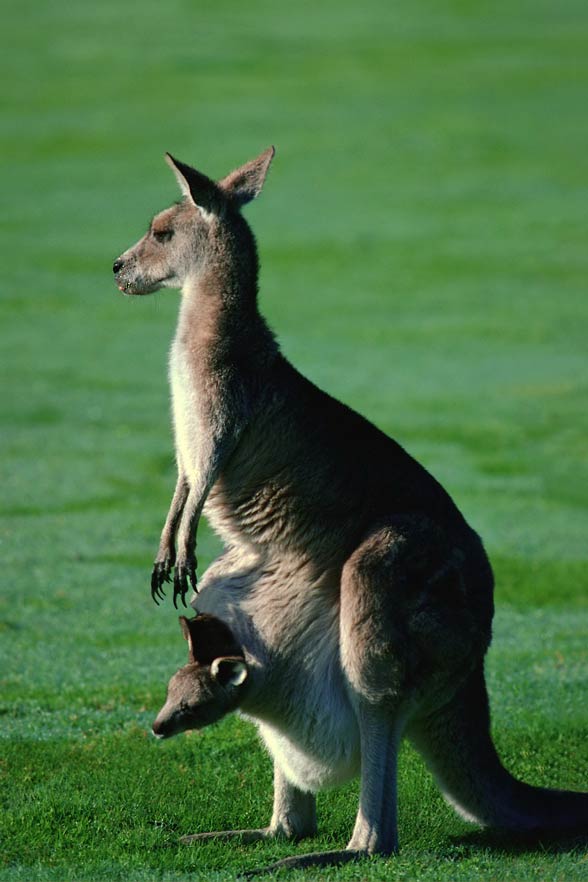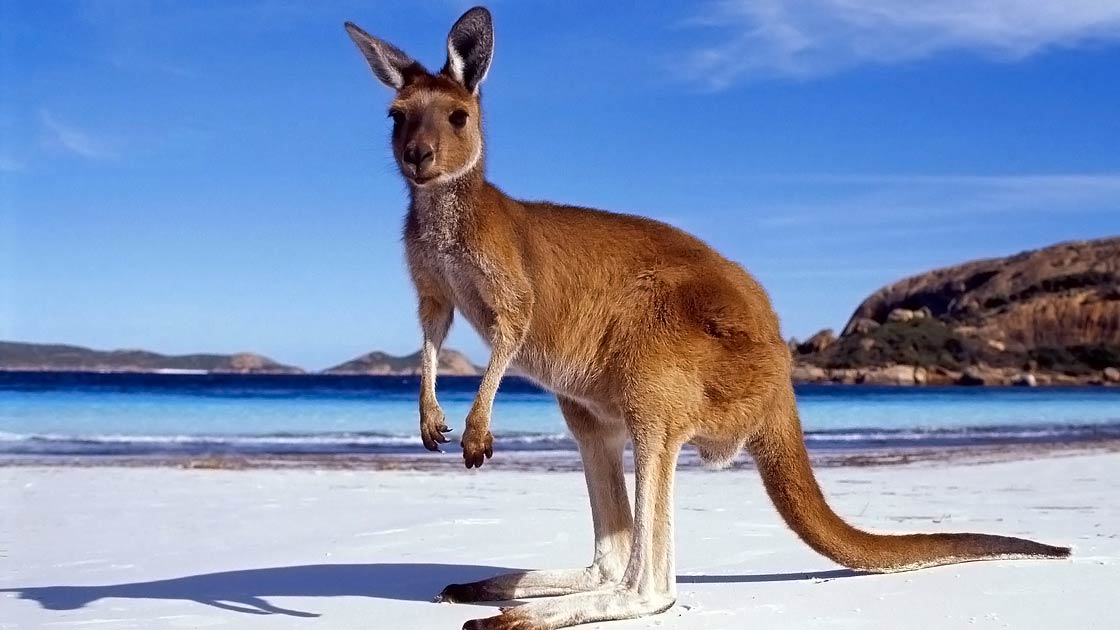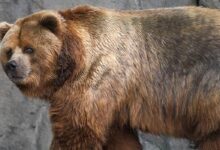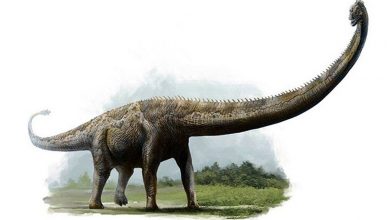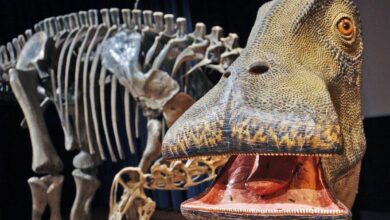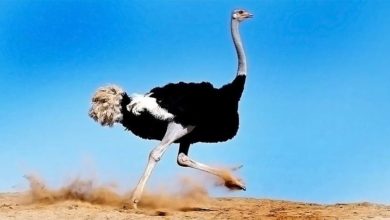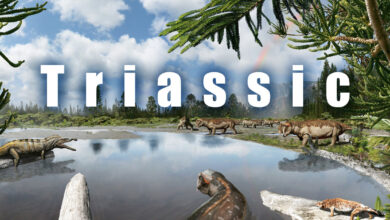Kangaroo – jumping boxer
Kangaroo – jumping boxer
A characteristic female pouch and protruding heads of small kangaroos. Several meters long jumps and an amazing box of adult kangaroos. Next to the koala, a kangaroo is a symbol of Australia.
Classification
- Kingdom: Animalia
- Phylum: Chordata
- Class: Mammalia
- Infraclass: Marsupialia
- Order: Diprotodontia
- Family: Macropodidae
- Genus: Macropus
- Subgenus: Macropus and Osphranter
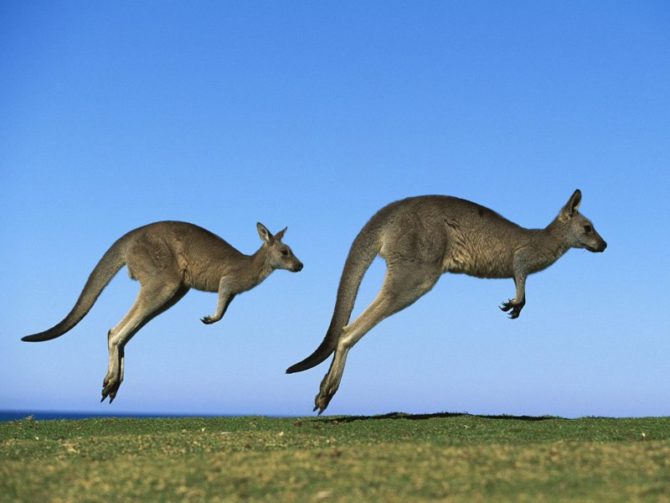
There are four species that of kangaroos:
- The red kangaroo (Macropus rufus) is the largest marsupial. A large male can be 2 meters (6 ft 7 in) tall and weigh 90 kg (200 lb).
- The eastern grey kangaroo (Macropus giganteus) is less well-known than the red (outside Australia), but the most often seen, as its range covers the fertile eastern part of the country.
- The western grey kangaroo (Macropus fuliginosus) is slightly smaller – it weights about 54 kg (119 lb) for a large male. It is found in the southern part of Western Australia, South Australia near the coast, and the Darling River basin.
- The antilopine kangaroo (Macropus antilopinus) is the far-northern equivalent of the eastern and western grey kangaroos.
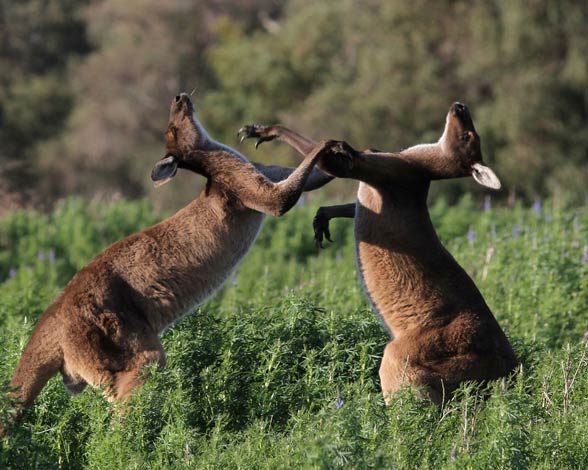
Name
The kangaroo name is derived from the Guugu Yimidhirr language, in which the word “gang-oo-roo” means gray kangaroo.
According to an anecdote, Captain James Cook and nature researcher Sir Joseph Banks encountered a strange animal during the study of Australia. Wanting to know the name of this creature, they asked the inhabitant of those lands: “What is this animal?” A native answered “Kangaroo” meaning “I do not understand you”. Captain Cook accepted this answer for the name of the animal. In 1898, the ethnologist W. E. Roth confirmed, however, that “gangurru” in the language of Guugu Yimithirr means kangaroo.
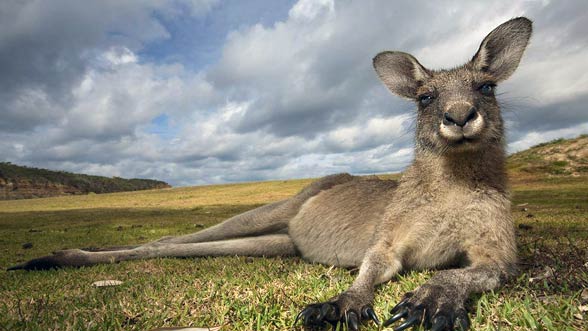
Jumping kangaroos
Kangaroos are probably the best jumpers in the world. Thanks to their strong back legs and huge feet, they can jump up to several meters. The front legs are surprisingly small compared to the rear legs, which give the kangaroos a distinctive look. Long and strong tail causes that the animal does not lose balance, even during the longest jumps. The tail also acts as a support, on which the kangaroo is supported when it stays in a vertical position.
The most popular marsupials
Kangaroos are one of the most popular families of marsupials. They live in huge flat Australian steppes. They also appear in the open areas of New Guinea, Tasmania and New Zealand. On other continents, they can only be found in zoological gardens.
Food
The main food of kangaroos is grass, leaves and bark of trees. It happens, however, that they supplement their menu with insects and larvae.
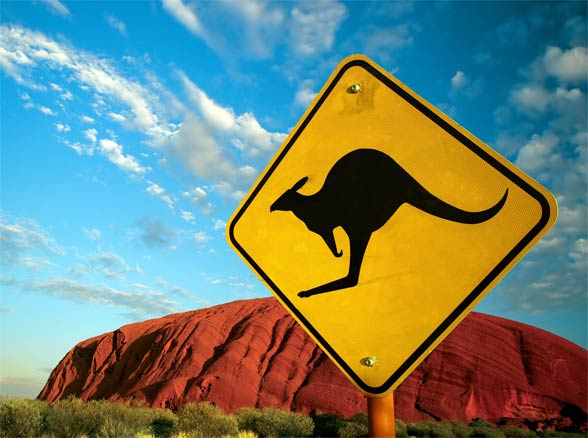
Boxing performed by kangaroos
Kangaroos usually occur in huge herds. Males often fight fierce battles for priority in the herd. These fights look extremely effective. Rivals face each other and they try to knock out the opponent, inflicting fast kicks using hind legs. The strength of these strokes is often so large that they can cause serious wounds. This is also due to the strong claws that end the kangaroo paws.
Marsupials, an “indispensable” pouch
The most characteristic feature of these nice-looking animals is the female pouch. The young born is naked and blind, which is why it crawls creepily through the fur and finds its way to the pouch on its mother’s body only through the smell. The suckling food is milk from the nipples in the bag. Young kangaroos of some species stay in their mother’s pouch for up to 1 year.
Kangaroos were until recently the subject of mass hunting for meat and skins, which is why some species are endangered with extinction.
Objects of hunting and traffic accidents
In Australia, kangaroos are frequently hunted for meat – meat is obtained from them (with a high protein content and only 2% fat) and fur. Kangaroos also often die under the wheels of cars (like the elk in Alaska). Dead kangaroos become food for the wedge-tailed eagle (Aquila audax).
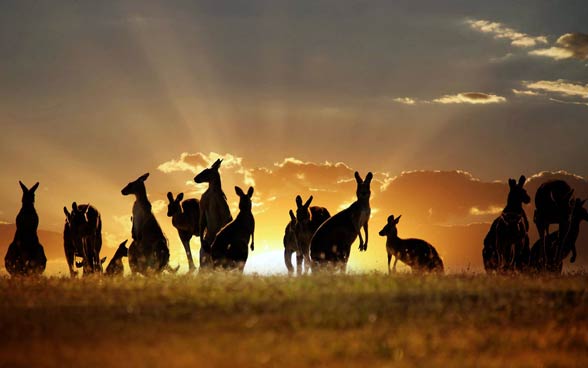
Detailed data / dimensions
Kangaroos
- Height: red kangaroo (Macropus rufus), the largest marsupial – up to 2 m (6 ft 7 in)
- Weight: up to 90 kg (200 lb) / depending on the species
- Speed:
- typical: 20–25 km/h (12–16 mph)
- 40 km/h (25 mph) for nearly 2 km (1.2 mi)
- up to 70 km/h (43 mph) over short distances
- Length of life:
- 6-8 years in the wild
- up to 20 years in captivity

Kangaroos – curiosities
- The long rear legs allow kangaroos to make jumps up to 3 meters (9ft 10in) high.
- Kangaroos jumps can be up to 13 meters (42ft 8in) long.
- When kangaroos move fast, they tilt their head down so that they cannot look ahead.
- In the event of danger, the red kangaroos reach a speed of up to 70 km/h (43 mph).
- The kangaroos are well tolerated by long-term lack of water.
- The young at birth weighs only… 1g.
- The smallest species of kangaroo measures only 30 cm (11.8in).
- The red kangaroo is the largest marsupial. Standing upright, it can reach a height of over 2 m (6 ft 7 in) and its weight reaches 90 kg (200 lb).
- Kangaroos live in the wild 6-8 years, in captivity much longer.
- Kangaroos are great swimmers.
